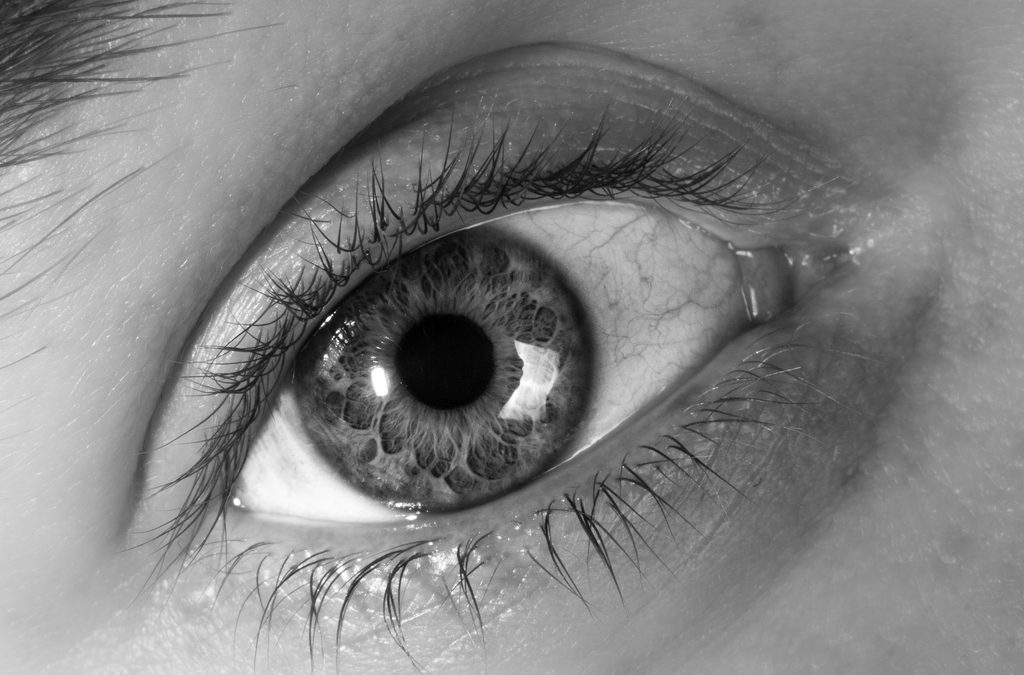Frequently Asked Questions
What eye doctor takes medicaid near me?
Eye doctors that accept Medicaid are available in your area. The Eye Institute provides comprehensive eye care services and accepts Medicaid, ensuring you receive the vision care you need.
Eye doctor near me who accepts medicaid?
Finding an eye doctor near you who accepts Medicaid is essential for accessible eye care. The Eye Institute proudly accepts Medicaid and offers comprehensive eye services to meet your vision needs in the Raleigh, Knightdale, and Wake Forest areas.
Eye doctor who accepts medicaid?
Eye doctors who accept Medicaid are available at The Eye Institute. We provide comprehensive eye care services for individuals in the Raleigh, Knightdale, and Wake Forest areas, ensuring that everyone has access to necessary vision care.
Which eye doctors accept Medicaid in my area?
Many eye doctors at The Eye Institute accept Medicaid in the Raleigh, Knightdale, and Wake Forest areas. To find a specific provider, please contact us directly or visit our website for more information on accepted insurance plans.
How to find Medicaid eye doctors nearby?
To find Medicaid eye doctors nearby, you can search online directories or visit your state's Medicaid website, where you can find a list of participating eye care providers in your area.
What services do Medicaid eye doctors provide?
Medicaid eye doctors provide a range of essential services, including comprehensive eye exams, vision screenings, diagnosis and treatment of eye conditions, and prescription of glasses or contact lenses, ensuring accessible eye care for eligible patients.
Are there eye doctors accepting Medicaid in Raleigh?
There are eye doctors in Raleigh who accept Medicaid. At The Eye Institute, we provide comprehensive eye care services for Medicaid patients, ensuring accessible vision care for the community.
How to book an appointment with Medicaid eye doctor?
Booking an appointment with a Medicaid eye doctor is straightforward. Simply contact The Eye Institute directly via phone or visit our website to schedule your appointment, ensuring you provide your Medicaid information for verification.
What should I bring to my Medicaid eye exam?
What to bring to your Medicaid eye exam includes your Medicaid card, a valid ID, any current glasses or contact lenses, and a list of medications you are taking. This ensures a thorough and efficient examination.
Do Medicaid eye doctors offer contact lens fittings?
Medicaid eye doctors do offer contact lens fittings as part of their eye care services. Coverage may vary, so it's best to check with your specific Medicaid plan for details on benefits.
Can I get glasses through a Medicaid eye doctor?
You can get glasses through a Medicaid eye doctor. Many Medicaid plans cover eye exams and eyewear, ensuring that you have access to necessary vision care.
What are the costs for services with Medicaid eye doctors?
The costs for services with Medicaid eye doctors typically vary based on the specific services provided, but many essential eye care services are covered at little to no cost to eligible patients.
How to verify if an eye doctor accepts Medicaid?
To verify if an eye doctor accepts Medicaid, contact their office directly or check their website for accepted insurance plans. You can also visit the Medicaid website for a list of participating providers in your area.
What are the qualifications of Medicaid eye doctors?
The qualifications of Medicaid eye doctors include a valid medical license, completion of an accredited optometry or ophthalmology program, and experience in providing eye care services covered by Medicaid.
Are there pediatric eye doctors who accept Medicaid?
Pediatric eye doctors who accept Medicaid are available to provide essential eye care for children. The Eye Institute offers services for pediatric patients and accepts Medicaid, ensuring that families have access to necessary eye health resources.
How to switch to a Medicaid eye doctor?
Switching to a Medicaid eye doctor involves contacting your Medicaid provider to find a list of participating eye care professionals, then scheduling an appointment with your chosen doctor.
What to expect during a Medicaid eye exam?
During a Medicaid eye exam, you can expect a comprehensive evaluation of your vision and eye health, including tests for visual acuity, eye pressure, and a thorough examination of your eyes to detect any potential issues.
Do Medicaid eye doctors provide emergency services?
Medicaid eye doctors do provide emergency services, but availability may vary by location and specific circumstances. It's best to contact your local provider to confirm the services they offer for urgent eye care needs.
How long does it take to see a Medicaid eye doctor?
The time it takes to see a Medicaid eye doctor can vary, but generally, you can expect to schedule an appointment within a few weeks, depending on availability in your area.
What are the reviews for local Medicaid eye doctors?
Reviews for local Medicaid eye doctors indicate a generally positive experience, with many patients appreciating the accessibility of services and the quality of care provided.
Can I get LASIK through a Medicaid eye doctor?
LASIK procedures are typically not covered by Medicaid, as it is considered an elective surgery. However, you may consult with a Medicaid eye doctor to explore financing options or alternative vision correction methods.
What eye care services are covered by Medicaid?
Medicaid covers a range of eye care services, including routine eye exams, vision screenings, and necessary treatments for eye conditions. Coverage may vary by state, so it's important to check specific benefits in your area.
How to find specialists among Medicaid eye doctors?
Finding specialists among Medicaid eye doctors involves checking your state's Medicaid website for a list of approved providers, or contacting The Eye Institute for assistance in locating qualified eye care professionals who accept Medicaid.
What is the process for Medicaid eye doctor referrals?
The process for Medicaid eye doctor referrals involves obtaining a referral from your primary care physician, who will assess your eye care needs and direct you to an appropriate eye specialist covered by Medicaid.
Are there any eye clinics that accept Medicaid?
Many eye clinics, including The Eye Institute, accept Medicaid, providing essential eye care services to those who qualify. It's best to contact the clinic directly to confirm acceptance and discuss available services.
How to contact a Medicaid eye doctor near me?
To contact a Medicaid eye doctor near you, visit The Eye Institute's website to find local providers, or call their office directly to inquire about Medicaid acceptance and schedule an appointment.
What are the hours for Medicaid eye doctors?
The hours for Medicaid eye doctors vary by location. Typically, they are available during regular business hours, Monday through Friday, with some clinics offering extended hours or weekend appointments. Please check with your local Eye Institute for specific hours.
Do Medicaid eye doctors offer telehealth services?
Medicaid eye doctors do offer telehealth services. This allows patients to receive eye care consultations and follow-ups remotely, ensuring access to essential vision care from the comfort of their homes.
What is the waiting time for Medicaid eye appointments?
The waiting time for Medicaid eye appointments can vary based on demand and location. Generally, we strive to schedule these appointments within a few weeks to ensure timely access to eye care services.
How to find an eye doctor accepting Medicaid online?
Finding an eye doctor accepting Medicaid online is straightforward. You can search through your state's Medicaid website or use healthcare directories that filter providers by insurance acceptance, ensuring you find a suitable eye care professional.






